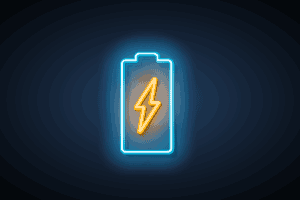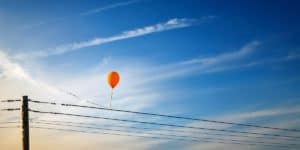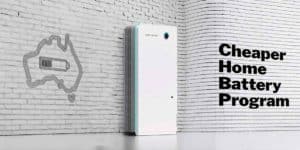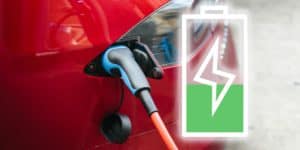Owning Solar

Energy Saving Guide
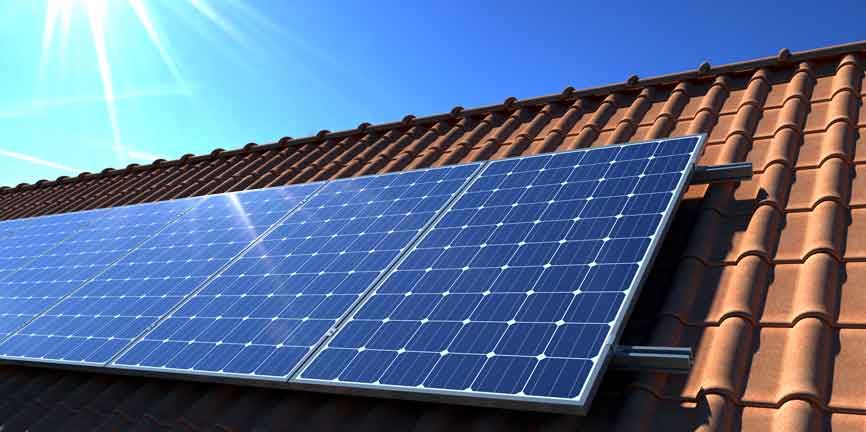
Solar owners guide
Discover what to do to get the most from your solar set up.
There’s a lot written about buying solar; books, reviews and more. But there’s not much out there when it comes to getting your hands on every last cent of the promised savings. Here’s a rundown on how solar owners can get the best from their system and avoid potential issues. For a information on the essentials when buying solar, see our Buyers guide to Solar.
If you’re in the market to add energy storage, check out our Buyers guide to Battery storage for information about storage technologies, system costs and payback.
You’ve spent time and effort buying a solar set up. Now, there’s an electricity-making, money-saving power station on your roof. These are the five areas to look at, to ensure your rooftop solar takes care of the savings.
1. How to find the best electricity plan for solar
By generating much of your electricity, you’ll have smaller bills. However, that doesn’t mean that solar owners are immune from dud deals. Electricity retailers have made comparing offers a complicated science. Add solar into the mix, and there are even more variables. Here’s the critical watch out and how you can find the best deal for solar.
The biggest feed-in tariff may not be the best
Most solar households self-consume around 30%-40% of the power their system generates. So, getting a competitive feed-in tariff for the other 60-70% helps to minimise energy bills. Just make sure the whole electricity deal stacks up. Big feed-in tariff plans can look very enticing but examine the offer more closely, and you’ll see that they usually come with inflated pricing on usage and/or supply charges. We debunk the myth that the biggest is always best here. The only way to work out which plan is cheapest for you is to do the math for your energy usage and solar export.
Compare thoroughly for your usage and export
WATTever’s comprehensive electricity comparison includes all publicly listed plan and retailers to support solar owners find the cheapest deal for their situation. By comparing side-by-side, the total cost for your unique usage and solar export when applied to each deals pricing, discounts, feed-in tariffs, restrictions and conditions, you can get it right. In the end, you want a low energy cost and a retailer that offers the services that you value. You can read our full article about How to find the best electricity deal for solar with more tips and the tricks to avoid.
Time to optimise your tariff
A key benefit of solar is that it generates electricity across most of the peak time of use period (generally 2-8 pm). With solar minimising the need to buy peak electricity, households then benefit from access to cheaper off-peak rates. As a consequence, moving to a Time Of Use tariff is usually a more cost-effective option. For more information on switching tariffs see WATTever’s Changing Tariffs Guide.

2. Energy saving tips for solar owners
Most solar owners get better value by ‘self-consuming’ the energy generated from their PV setup than by earning a feed-in tariff. Over time feed-in tariffs are set to fall, so you’ll want to use more of your solar to avoid buying electricity from the grid. Here’s a break down on cost-saving strategies for solar owners.
Discover your ‘solar curve.’
To get started, you’ll want to understand your ‘solar curve’ so you’ll know when you have power to spare. You can use the output on your solar inverter or a monitoring application that tells you how much your solar PV system is generating. Get a view across the day during winter and summer and on sunny and cloudy days. Then, using this knowledge, you can run appliances around the home to take advantage of good generation periods. For instance, a system that faces north-east is likely to have stronger production up until 1 pm before tailing off. So set appliances to run late morning. If you have a 5kW system, then on sunny days you could expect it to generate a peak output around 4kW in the middle of the day. As a result, you could power several appliances at once from solar. In contrast on a cloudy day, when a system may only generate 500W, you’ll want to spread out the use of appliances through the day. Here are three more ways to take advantage of your solar.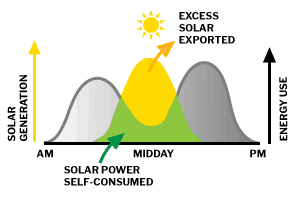
Aim to use more of your solar.
Guilt-free A/C
Your PV system is at maximum generation during the middle of the day, so it makes sense to use it. Set the timer on your air conditioner to cool the house in summer or warm in winter during the day. This way you’ll return to an inviting home which should last into the evening, cutting the need to buy electricity when prices are high. Find extra tips in the Heating & Cooling Energy Saving Guide.
Solar can make your home more comfortable.
Solar PV for hot water
With a rooftop PV system, you might consider installing an electrical diverter to push any excess solar to your electric or heat pump hot water unit. You’ll want to run the calculations on using off-peak or controlled load tariffs for hot water vs your feed-in tariff, and consider the level of export required. Get more ideas in the Hot Water Energy Saving Guide.
Solar PV can heat water for your home.
Get shifty with Appliances
A good place for load shifting is the laundry. The reason is, many households can be flexible around when they do laundry. By running washers and dryers during daylight hours from solar you can reduce energy costs. Dishwashers are also an ideal candidate. Many appliances have Delay Timers so you can schedule them to run during the solar window. Discover more tips in the Appliances Energy Saving Guide.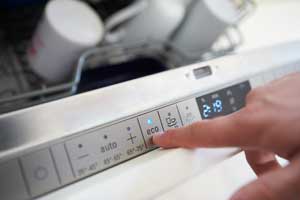
How much you do is up to you
Every solar owner is different in their willingness to match their energy use to their solar generation. Some will use power whenever without a thought. To take all the effort out of maximising your solar self-consumption, consider adding a battery in the future. Others literally won’t switch on appliances until sufficient solar is available. In this case, a solar monitoring solution will help show precisely when there is excess solar energy to use.3. Monitoring solar
To make sure your solar system is working effectively, you’ll want to keep an eye on things. A monitoring system will let know how your set up is performing.
Check the inverter
Many inverters have basic displays that will show the level of solar generation. Increasingly, new inverters offer some form of an online portal. Review this monthly in summer during peak production periods and less frequently at other times. If you see significantly lower numbers on sunny days than you expected for your system, then it can be a sign that something isn’t right.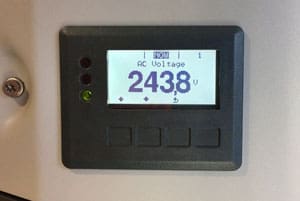
Go automatic
Specialised monitoring systems such as Solar Analytics have attractive interfaces and are easy to use. The units get installed in the meter box and record activity on the PV and main circuits. Solar production and household energy use is displayed in real-time and over the day so you can see what’s going on. If the PV system doesn’t generate the output expected against benchmarks for its size, location and history, then the monitor provides an alert that your solar may have an issue.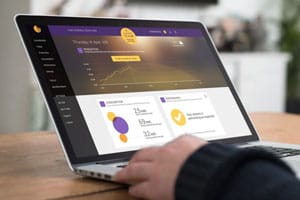
4. Solar maintenance
Clean panels perform best
Dirt and debris will decrease performance, but it’s not a show stopper unless there are leaves or other objects on the panels themselves. So don’t stress about regularly cleaning the panels. After all, panels get a wash every time it rains.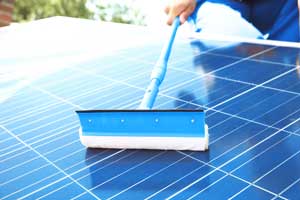
Watch out for increased shading
Many solar PV systems have a degree of shading from trees. As trees grow over time, the impact of shading can become more significant. You’ll be able to check this from season to season if you use a monitoring solution. The solution is to trim the trees that are throwing shade onto your panels if you want to maximise solar generation.
Plan for an annual check-up
Ideally, you’ll want to inspect your panels annually. While you’re up there, you could give them a clean. Look out for a buildup of leaf litter or debris caught between the roof and the panels. You’ll want to remove any leaf litter and other material from your roof because it’s flammable and may also impact drainage of the roof. Visually inspect the plastic casing around DC isolators – typically a box around 20cm x 20cm x 10cm, because they are prone to cracking. Most solar PV systems have DC isolators installed (unless you use an AC system like Enphase). The DC isolators job is to disconnect the solar array if there’s a fault or where maintenance is required. Cracks can lead to water ingress and a potential short circuit. If you see cracks in the isolators housing, contact your installer for replacement.
5. Adding to your solar
Adding extra solar PV
If you find you are still importing a significant amount of electricity during daylight hours, you could consider expanding your solar PV system. ‘Adding more solar’ usually entails connecting a second system running in parallel with the first. It’s not as easy as adding more panels to the existing PV system because the capacity of the original inverter will constrain the system size. Plus for any additional PV installation, all components in the system will need to comply with the latest electrical standards.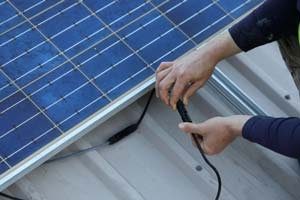
Store solar with a battery
Over time, as you understand how much solar you export to the grid and how much electricity you use overnight, you may consider adding battery storage. This way, you can use any excess solar to power your home into the evening. Please see our Battery storage buyers guide and Battery storage owners guide for more information.